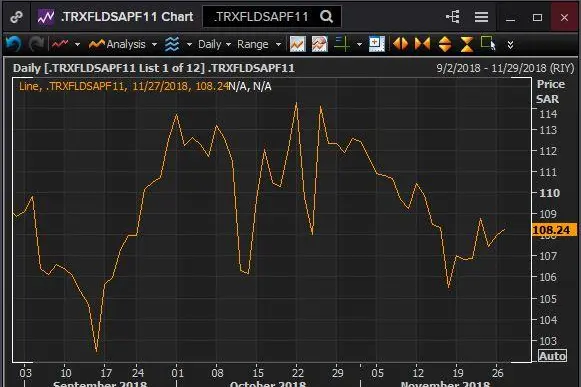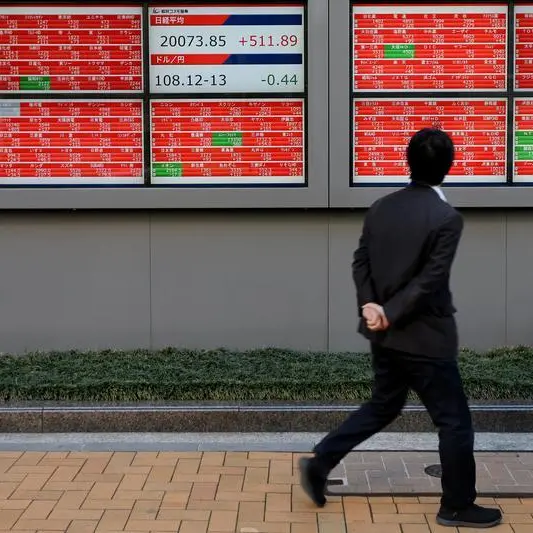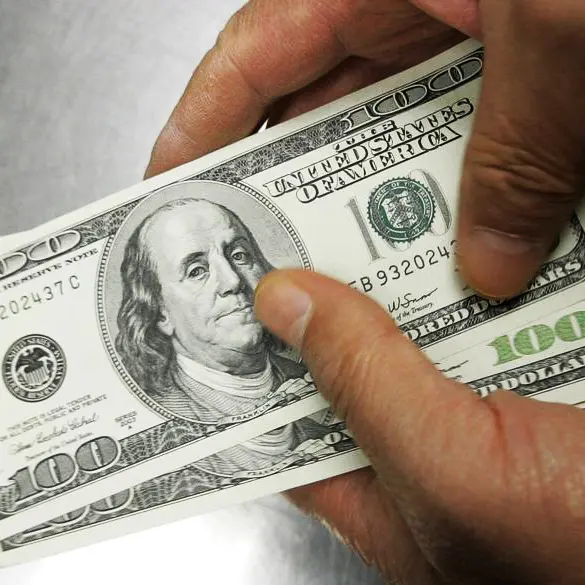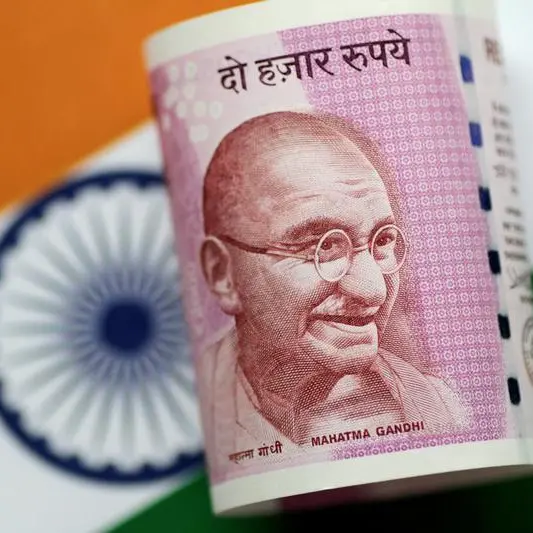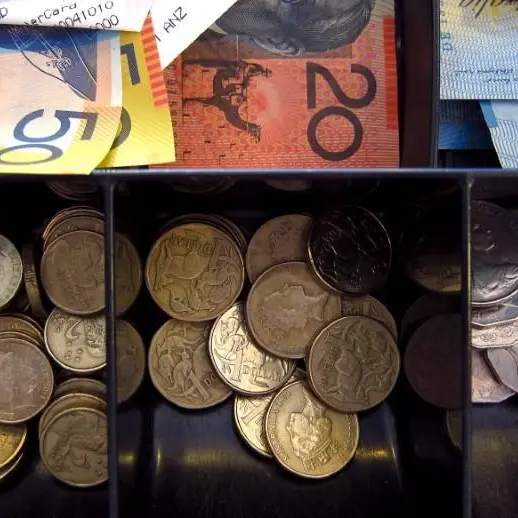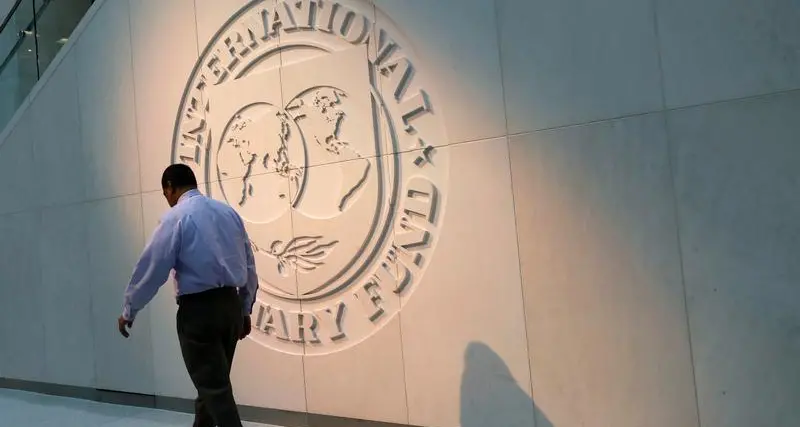PHOTO
Saudi banks like AlJazira, National Commercial Bank (NCB) and Al Rajhi have a higher chance of a yield increase than their peers in the near future, a report has said.
Al Rajhi Capital said in a note sent to the media that banks like NCB, AlJazira and Al Rajhi have witnessed the lowest increase in yields relative to SAIBOR (Saudi Arabian Interbank Offered Rate) since the end of 2015 implying that these banks have a higher chance of a yield increase in the future than competitor banks as a result.
Al Rajhi compared the increase in SAIBOR to the increase in yields by banks from the end of 2015 to the end of the third quarter (Q3) of the year 2018.
“While SAIBOR increased by around 1.7 percnet during this period, asset yields have increased till date by only 1.1 percent,” the report said.
Saudi Investment Bank (SIB), Arab National Bank (ANB), and Alawwal have had the highest increase in yields during the period. SIB and ANB both recorded a 1.5 percent yield increase, while Alawwal recorded a 1.4 percent increase. Alawwal agreed to enter into a merger with Saudi British Bank (SABB) early in October. Under the deal, Alawwal’s assets will be transferred to SABB , giving the consolidated bank assets of 268 billion Saudi riyals ($71 billion) and a market capitalisation of 64.6 billion riyals.
AlJazira, NCB and Al Rajhi have experienced the lowest increase in yields. The three banks respectively recorded a 0.2 percent , 0.5 percent and 0.7 percent yield increase, the report shows.
Al Rajhi Capital confirmed to Zawya by email that assuming “other things remain the same”, AlJazira therefore has the highest probability of increasing its rates in the near future.
The banking sector in Saudi Arabia has outperformed the Kingdom’s stock market index during 2018. A Thomson Reuters index of Saudi banks has increased in value by more than 8 percent so far since the start of the year, compared to an increase of close to 5 percent for Tadawul. The Saudi index gained 0.6 percent on Wednesday.
Al Rajhi Capital’s report said that loan growth continued to remain weak for Saudi banks in Q3 2018, as “half of the 12 banks have a lower lending book now” compared to 2015.
The report also noted that “NCB and Al Rajhi continued to gain on market share of deposits, while Alawwal and BSF (Banque Saudi Fransi) lost the most in deposit market share.”
The increase in SAIBOR is a key driver for increases in net income and an upside trigger for bank stocks. Other upside triggers could be an “increase in dividend payout, decline in provisions, interest rate hikes in the US and MSCI inclusion sentiments,” the report said.
Elsewhere in the region, Dubai’s index fell 0.54 percent on Wednesday, Abu Dhabi’s index dropped 1.59 percent, Qatar’s index dropped 0.25 percent, Oman’s index edged up 0.21 percent, Bahrain’s index gained 0.34 percent and Kuwait’s premier market index ended the day 0.13 percent higher.
By 15:15 GST, Egypt’s blue chip index EGX30 was trading 1.13 percent higher.
(Reporting by Gerard Aoun; Editing by Michael Fahy)
Our Standards: The Thomson Reuters Trust Principles
Disclaimer: This article is provided for informational purposes only. The content does not provide tax, legal or investment advice or opinion regarding the suitability, value or profitability of any particular security, portfolio or investment strategy. Read our full disclaimer policy here.
© ZAWYA 2018
